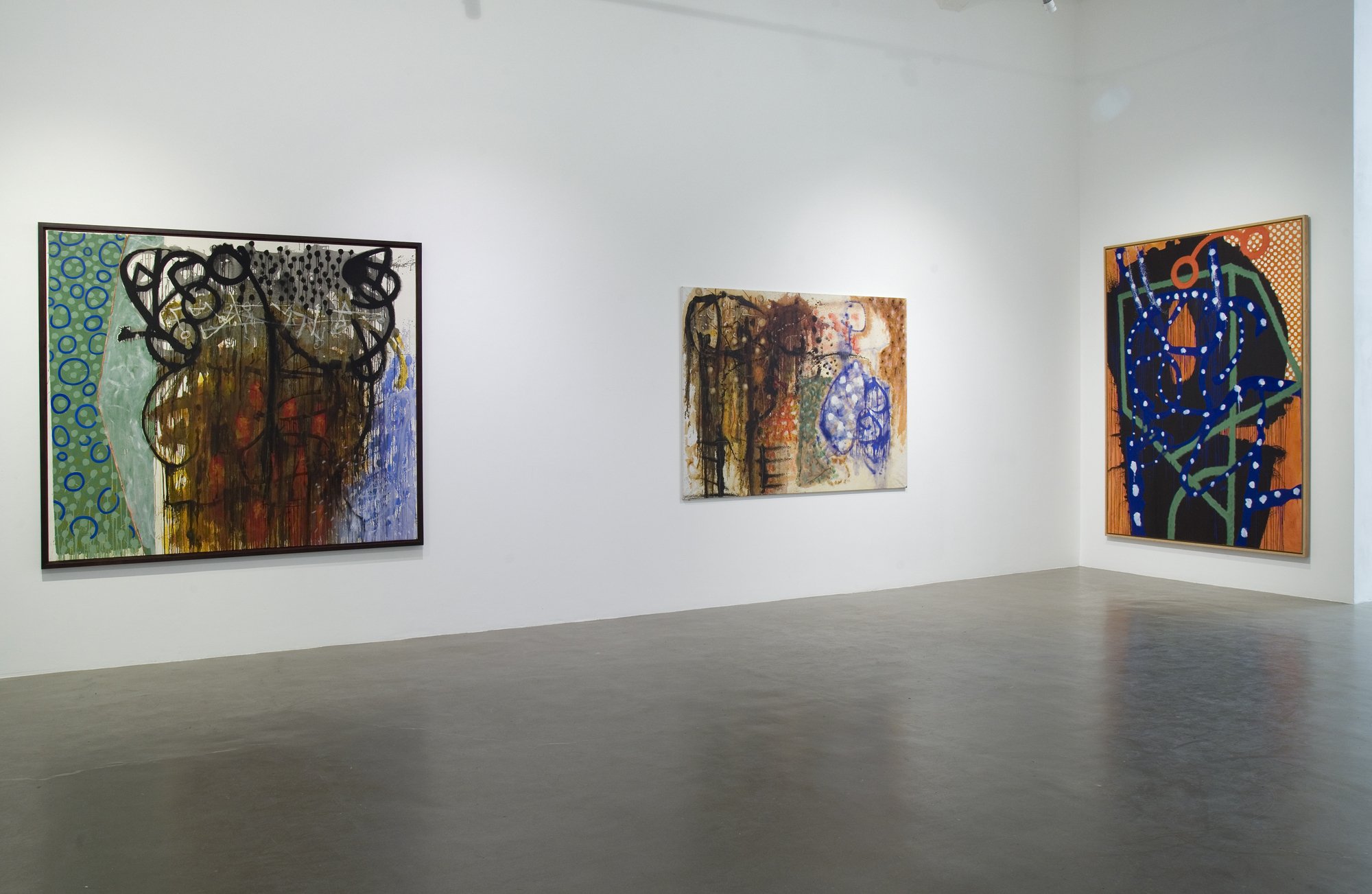Collecting Contemporary art is deeply satisfying and compelling. Once new collectors begin on the journey of developing a collection, they find that it to be incredibly rewarding intellectually, emotionally and, with help, financially. When looking for what to collect, behind the high street galleries and Instagram decoration lies a world of intelligent and progressive contemporary art that delivers both as investment and enlightening cultural artefact. Supporting and collecting this work is beneficial to us all.
Clyde Hopkins, APT Retrospective. Photo: Colin Mills
Contemporary art is not just art that is made now – it is art made now that understands its place in history and addresses the world around it. Contemporary art is critical and thoughtful, not merely aping ideas and approaches of the past. It engages the world and changes how we see it - helping us to see things anew. There has been a lot of research suggesting that art in the workplace increases creativity, efficiency and productivity, and I believe this same effect is felt at home. Living with searching and experimental art broadens your thinking and understanding. It encourages thought and conversation.
Historically the US and Europe have been better at engaging with their living artists. When art has been bought in the UK there has been, to generalise, a tendency to be utilitarian or traditional – that is, the work is bought to suit a particular décor or as something safe and familiar. In the US collectors seem more invested in art that is truly reflective of their time, and in much of Europe there is a real interest in art that tackles contemporary ideas and aesthetics. I would argue that both the artists and collectors benefit.
One particularly interesting way of approaching the art world is to hunt for those artists who have not yet gained wider recognition. Buying these near emerging or overlooked artists is important and incredibly worthwhile. Each sale enables the artist to make more work - this kind of patronage and support has a long and venerable cultural history and is mutually and socially beneficial. Each time you buy their work, add it to your collections and enable them to show again, you are helping them to increase their profile, thereby causing the very thing that both you and they want.
However, there is such an enormous volume of mediocre and derivative art pushed at fairs and available from commercial galleries - art which is just as expensive as genuinely good art but which relies for its interest on a gimmick, or just the display of a little skill - that anybody who does not spend a lot of their time looking at art can be easily confused as to what will really reward years of looking and be a solid, and perhaps spectacular, investment. For those with the time to look then underneath the world of high street mediocrity and decoration lies a world of intelligent and progressive art which is affordable and delivers as an investment and as an enlightening cultural artefact.
Whether the artists are emerging or recognised, a good art advisor can lead you straight to those credible artists who most closely match your needs. With twenty-five years as an artist, academic and advisor, Greg Rook is able to match collectors with the best work being made.
If you wish to be added to my collector list and receive recommendations then please email me at info@gregrookadvisory.com










